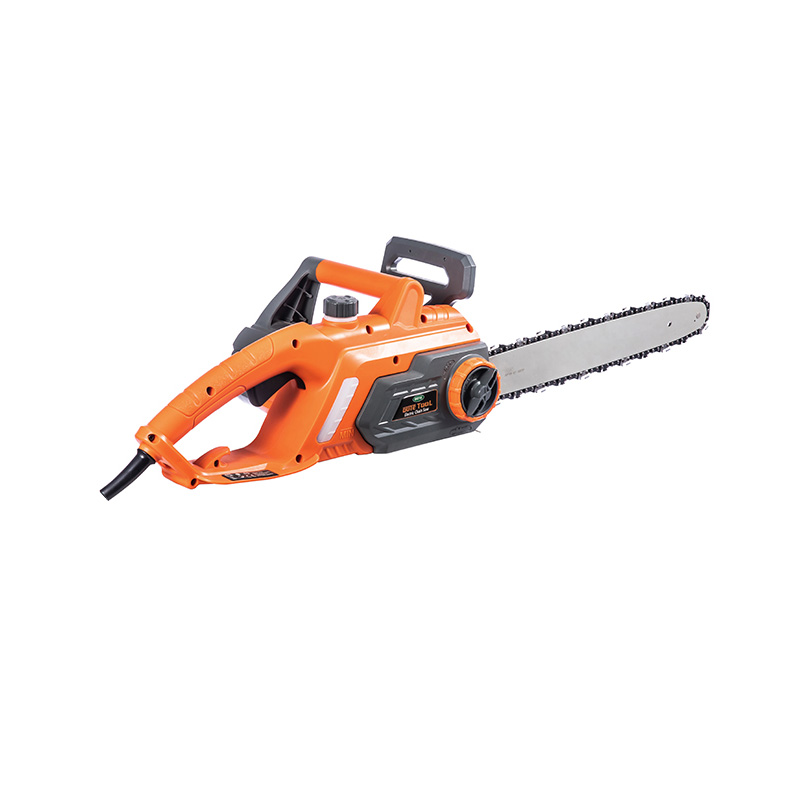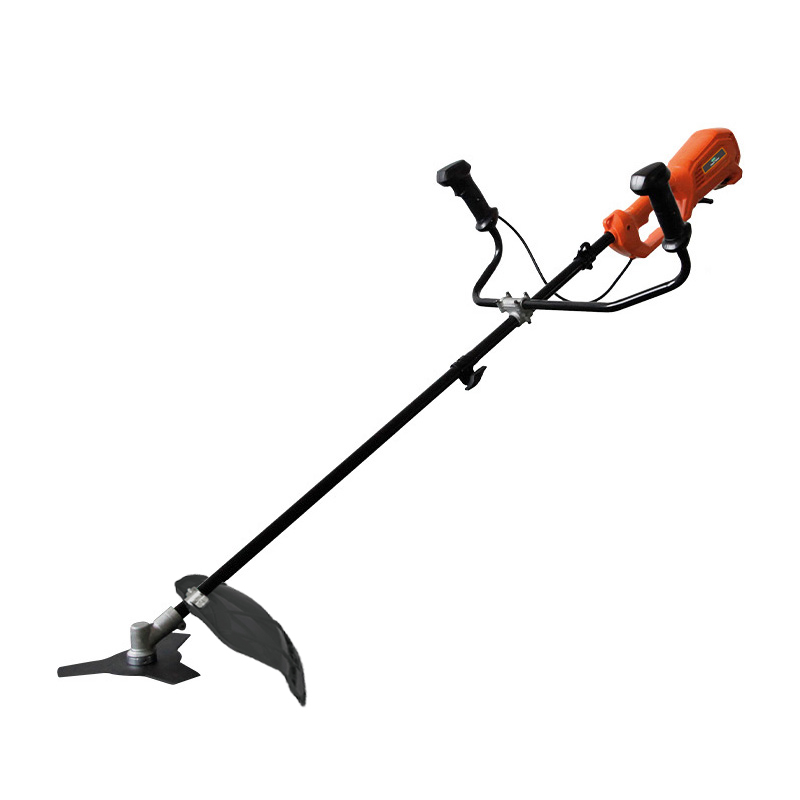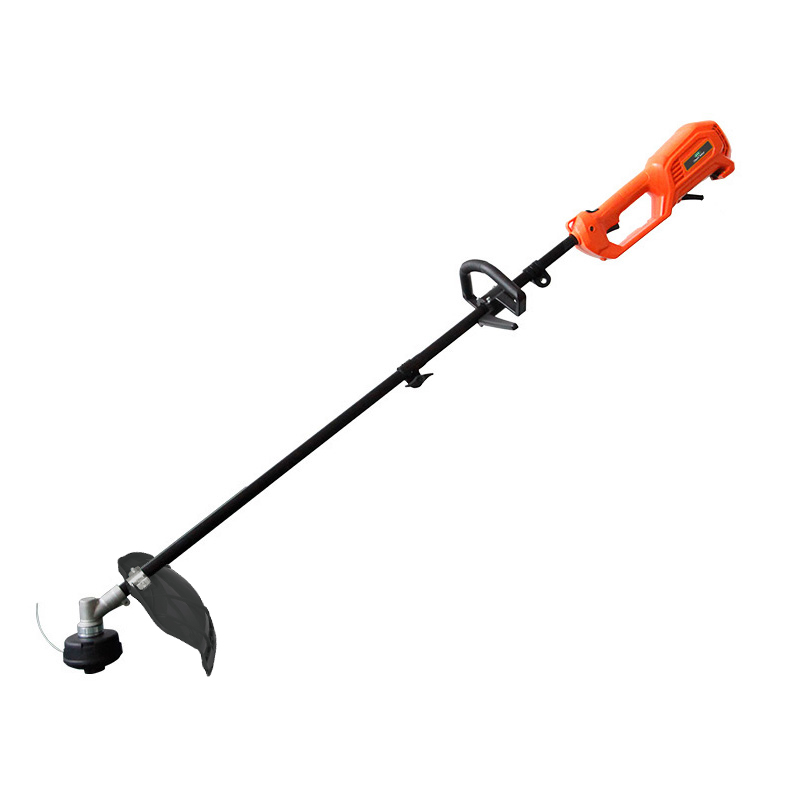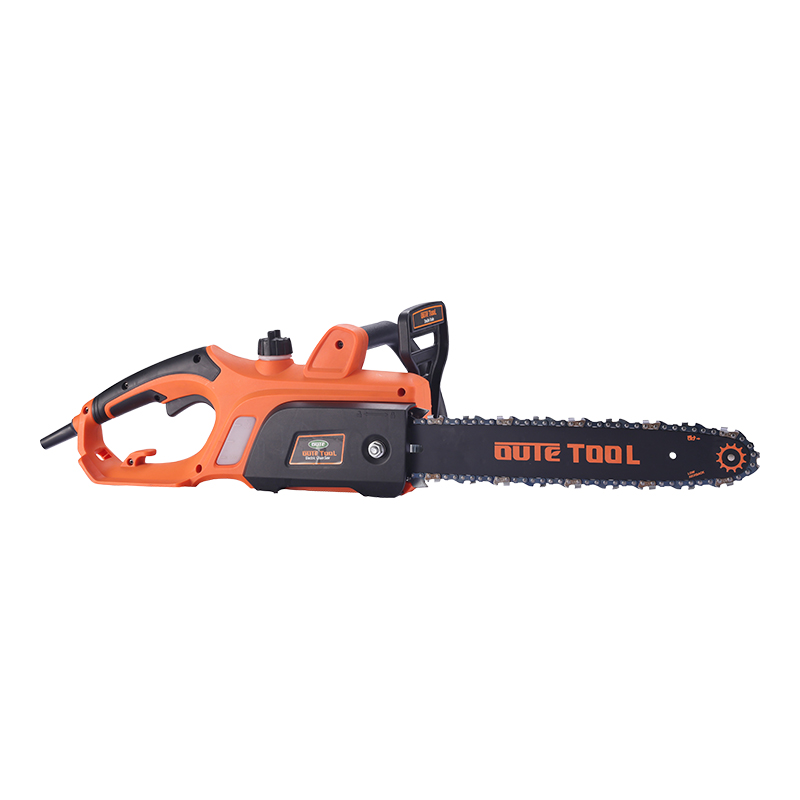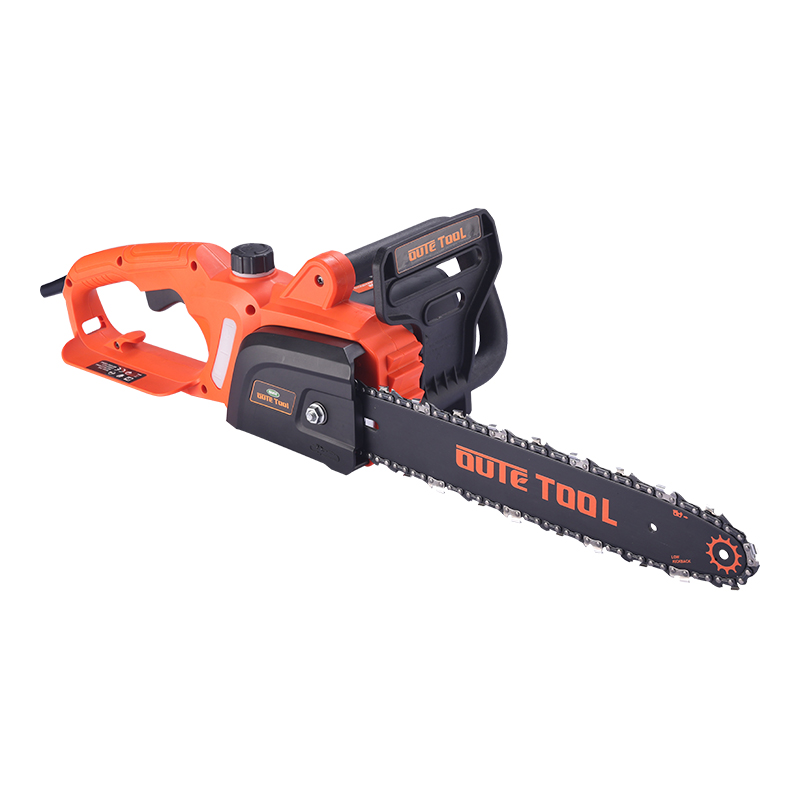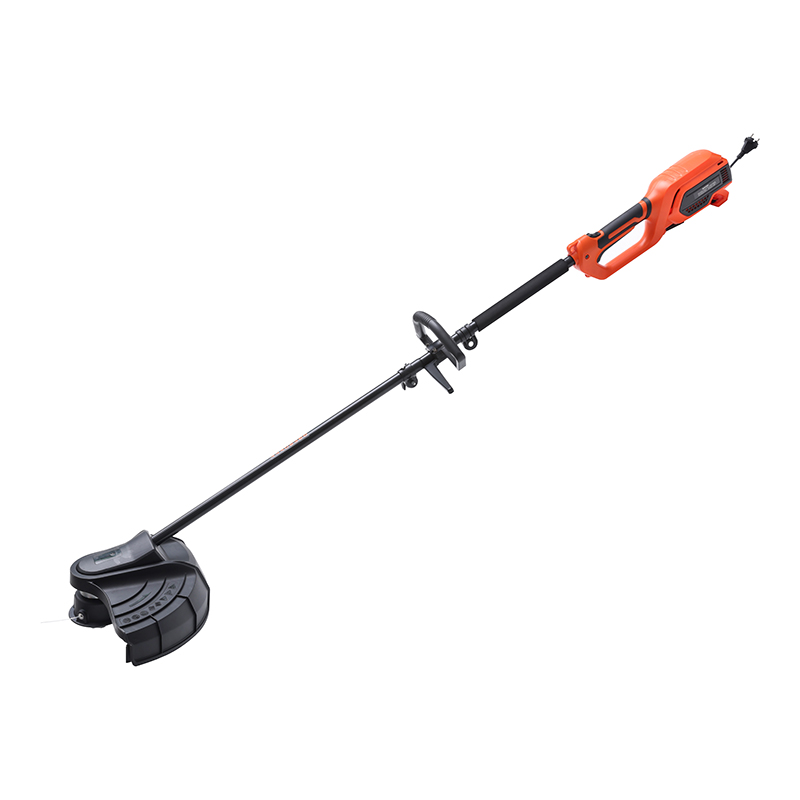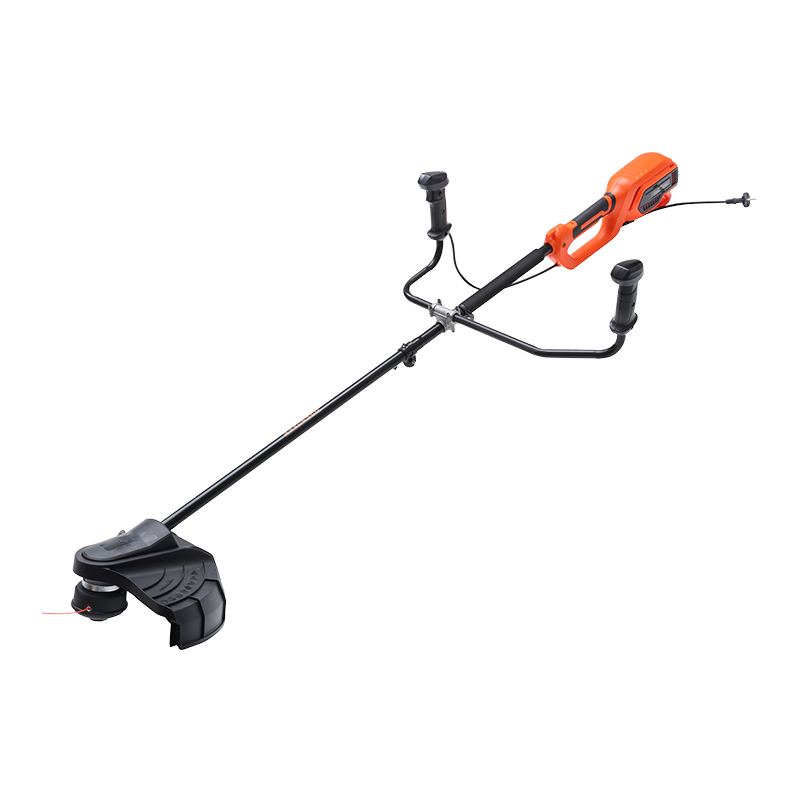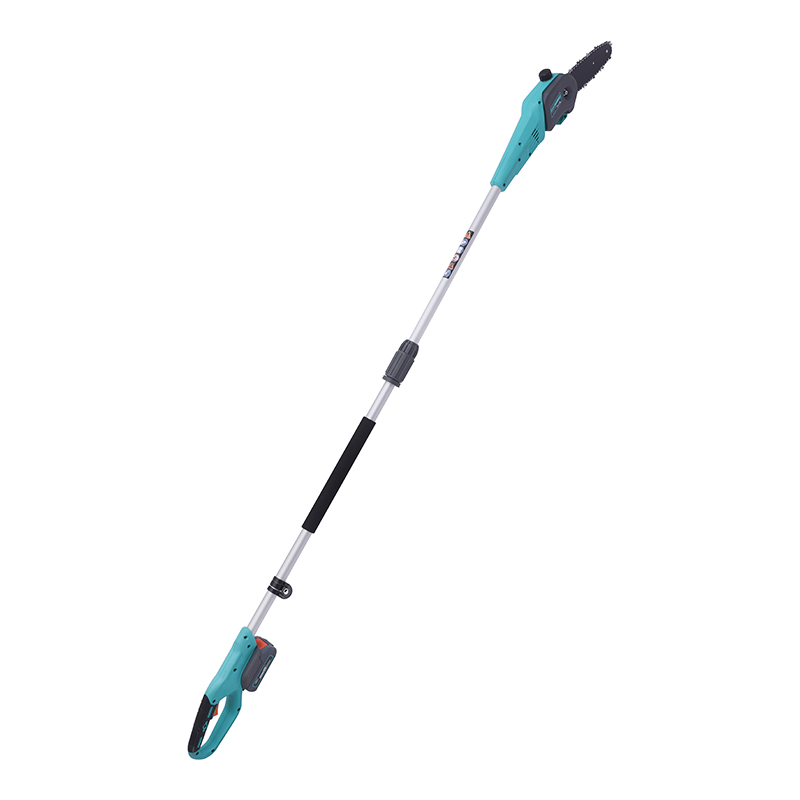As we move to the end of the growing season, our attention turns to rejuvenating the soil so that it is in the best possible condition at the start of next year’s growing season.
Enriching the soil in the autumn, be it with compost, mulch or manure, allows nature to do its work over the autumn, winter and early spring so the soil is in an optimal condition ready for plants to grow when the weather warms up. Using a garden tiller means that you can break the soil up into smaller pieces and combine the compost or manure into it. Breaking it up also improves the aeration of the soil. first, what is a tiller and how do they work?
This is the engine speed control; it adjusts the speed that the tines rotate when the drive is engaged.
Adjustable height and swing handlebar; this makes sure that the machine is working flat and level when the user is in a comfortable standing position. The swing function is used to bring the controls around to the left or right side so that the operator does not have to walk on the freshly tilled soil.
The gearbox; transfers the engine drive to the tiller attachment (either the tines or wheels).
Locking pins; is situated on the tine shafts and gearbox driveshafts so that the tines can be removed for different attachments or added/removed to change the tilling width.
Tines; are grouped together rotating as a four. The leading edge needs to maintain a spade-like sharpness, particularly when working in compacted soil.
Plant protection discs; are removable (like the outermost tines) so that greater tilling performance can be achieved. They are used to prevent shoots and roots of adjacent plants from being picked up by the tines and being damaged.
Drag bar; this is perhaps the most important feature of a tiller. The drag bar is adjusted according to the tilling depth. As the name suggests it drags along the ground like an anchor so the tiller doesn't race off along the surface of the soil. You can push down on the drag bar to slow the tiller allowing it to dig in more to till the soil.
Reverse gear lever; this is used to help maneuver the tiller, especially in tricky positions like against a fence or wall or even just turning the machine 180 degrees to make another run over the soil. The reverse gear is much slower than the forward gear ( slow walk) and is only used for moving the tiller around, not tilling.
Drive lever; this engages the tiller drive shafts to spin the attachment (tines or wheels).
Transport wheels; can be flipped up when the machine is working or moved down when needing to transport the tiller away from the working area.
Non-adjustable ridge; this is an optional accessory and can be attached where the drag bar is usually fitted. This version creates a furrow and ridge a fixed width apart. It would usually be used in combination with drive wheels for the best result but can be used with tines on their own as well.
Adjustable ridge; this is another accessory. With this version, the boards of the ridge can be widened so that you can set the width of the furrow and ridge, which can be useful for specific plants.
Steel wheels; are also optional and are fitted when using the tiller to pull attachments, such as the ridges.
Weights; can be useful to prevent the machine from bouncing or skidding on compacted/tougher soil. The user doesn’t have to hold on or push down on the drag-bar so much.
Taizhou Oute Tools Manufacturing Co.,Ltd. not only has Adjustable Tiller but also Multifunctional Brush Cutters and other products, welcome to visit our official website.
